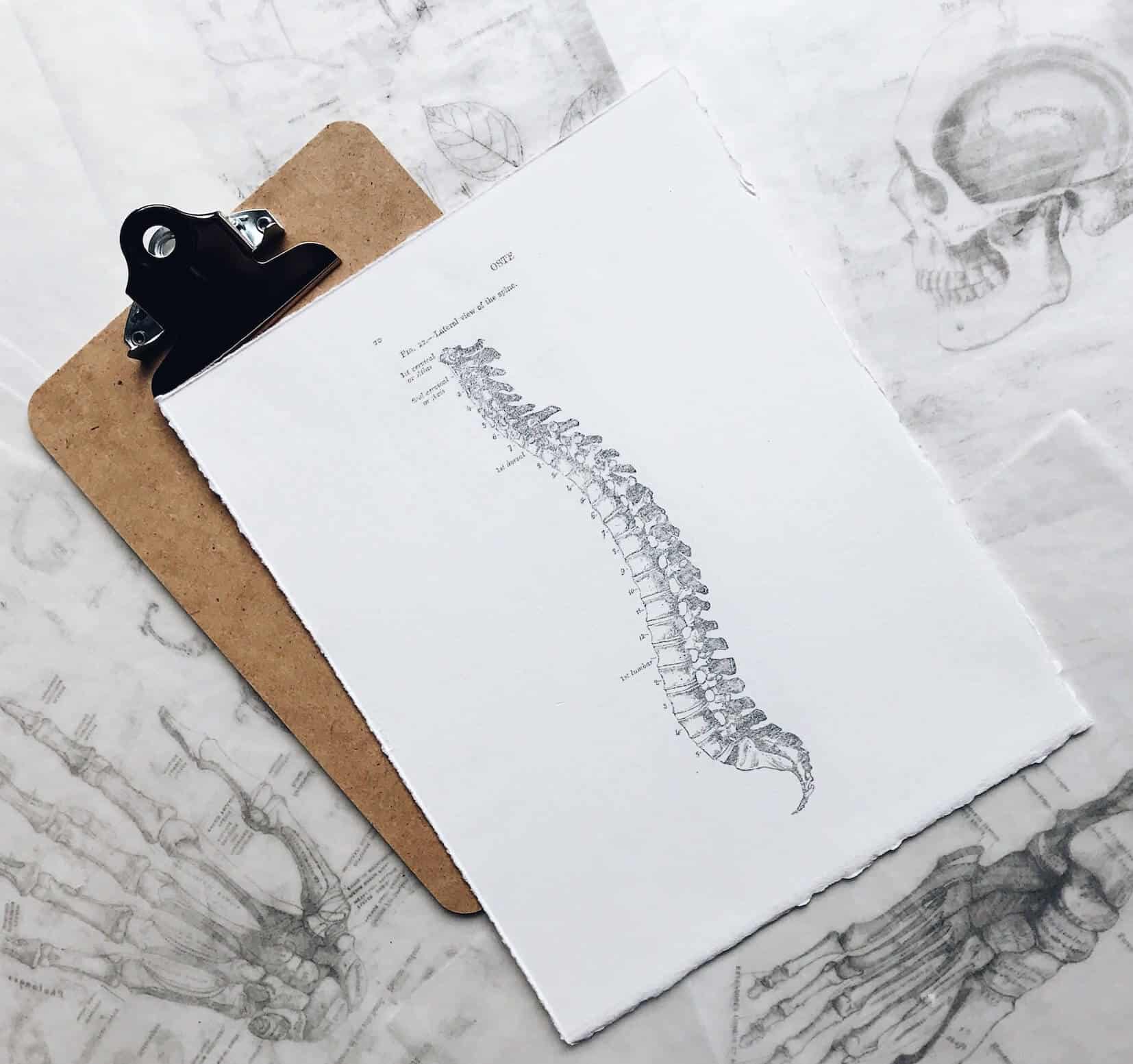If you have ever thrown your back out or had a pinched nerve, you know how detrimental it can be to your body. Small movements that used to be effortless now leave you in tremendous pain.
This pain is caused by misalignment, something is out of place, not congruent with the rest of your body. It may even require a visit or two to the chiropractor to get things realigned.
Organizations are similar to our bodies, everything within them must be aligned to operate effectively and maximize mission impact.
Organization alignment exists when all aspects of an organization are fully aligned, congruent with one another, and congruent with what the organization is collectively trying to achieve.
The concept of organization alignment focuses on ensuring all organization elements are in continuous alignment. Like our bodies, sometimes little thought of processes, systems, or elements can be painfully misaligned with one another and what we are trying to accomplish.
When misalignment exists, organizations likely find themselves trying to solve the same problems, are unable to identify why they are unable to get traction, and it takes more effort than it should to move things forward.
Some examples of where organizations may be misaligned include:
- Technology no longer supports the demands of the organizations (think Southwest Airlines)
- Our unspoken culture does not create the climate we want our employees to experience daily
- Team health and a culture of collaboration are required but silos exist
- Quick decisions are required but a hierarchical structure slows decision-making down
- We desire to value our employees but our benefits and compensation are no longer competitive
- A new strategic plan is implemented without considering what else must change in order to implement the plan
Organization alignment is rooted in system’s theory [1][2].
Each organization is its own unique system, a system that continuously changes and evolves. A system that continuously interacts with and receives feedback from within, from its environment, and from its stakeholders. To be effective and reach its potential, an organization must continuously maintain alignment in all of these elements.
Organizations can create and sustain alignment by proactively assessing what may be out of alignment and proactively adjusting to the feedback received from its environment.
When organizations continuously ensure that alignment exists between all organization elements, momentum and impact grow exponentially.
Opportunities to enhance alignment:
- When an organization desires to create a new strategic plan, the planning process should intentionally consider how other parts of the organization must change
- When any change is implemented, change leaders should consider how the change may require other changes throughout the organization
- When organizations are trying to serve in an environment that is changing rapidly
When an organization is able to create alignment with its strategic direction, the impact realized can transform the organization’s ability to deliver its mission.
There are many organizational models that help organizations assess their alignment. This is a relevant and impactful organization model that helps organizations assess, create, and maintain alignment.
[1] Burke, W. Warner. 2018. Organization Change: Theory & Practice. 5th ed. Thousand Oaks, California: Sage Publications, Inc.
[2] Vector Group, Inc. 2013. “Strategic Alignment Model.” Carleton, Robert J. and Gary W. Craig.







